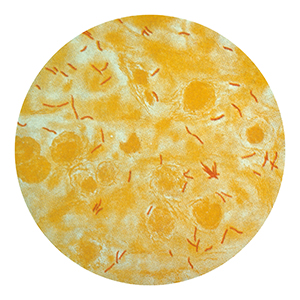Comparison of efficacy of bedaquiline and moxifloxacin in drug resistant pulmonary tuberculosis. A prospective observational study

Submitted: February 12, 2022
Accepted: April 27, 2022
Published: May 4, 2022
Accepted: April 27, 2022
Abstract Views: 1490
PDF: 283
Publisher's note
All claims expressed in this article are solely those of the authors and do not necessarily represent those of their affiliated organizations, or those of the publisher, the editors and the reviewers. Any product that may be evaluated in this article or claim that may be made by its manufacturer is not guaranteed or endorsed by the publisher.
All claims expressed in this article are solely those of the authors and do not necessarily represent those of their affiliated organizations, or those of the publisher, the editors and the reviewers. Any product that may be evaluated in this article or claim that may be made by its manufacturer is not guaranteed or endorsed by the publisher.
Similar Articles
- Malay Sarkar, Irappa Madabhavi, SARS-CoV-2 variants of concern: a review , Monaldi Archives for Chest Disease: Vol. 93 No. 3 (2023)
You may also start an advanced similarity search for this article.

 https://doi.org/10.4081/monaldi.2022.2231
https://doi.org/10.4081/monaldi.2022.2231





